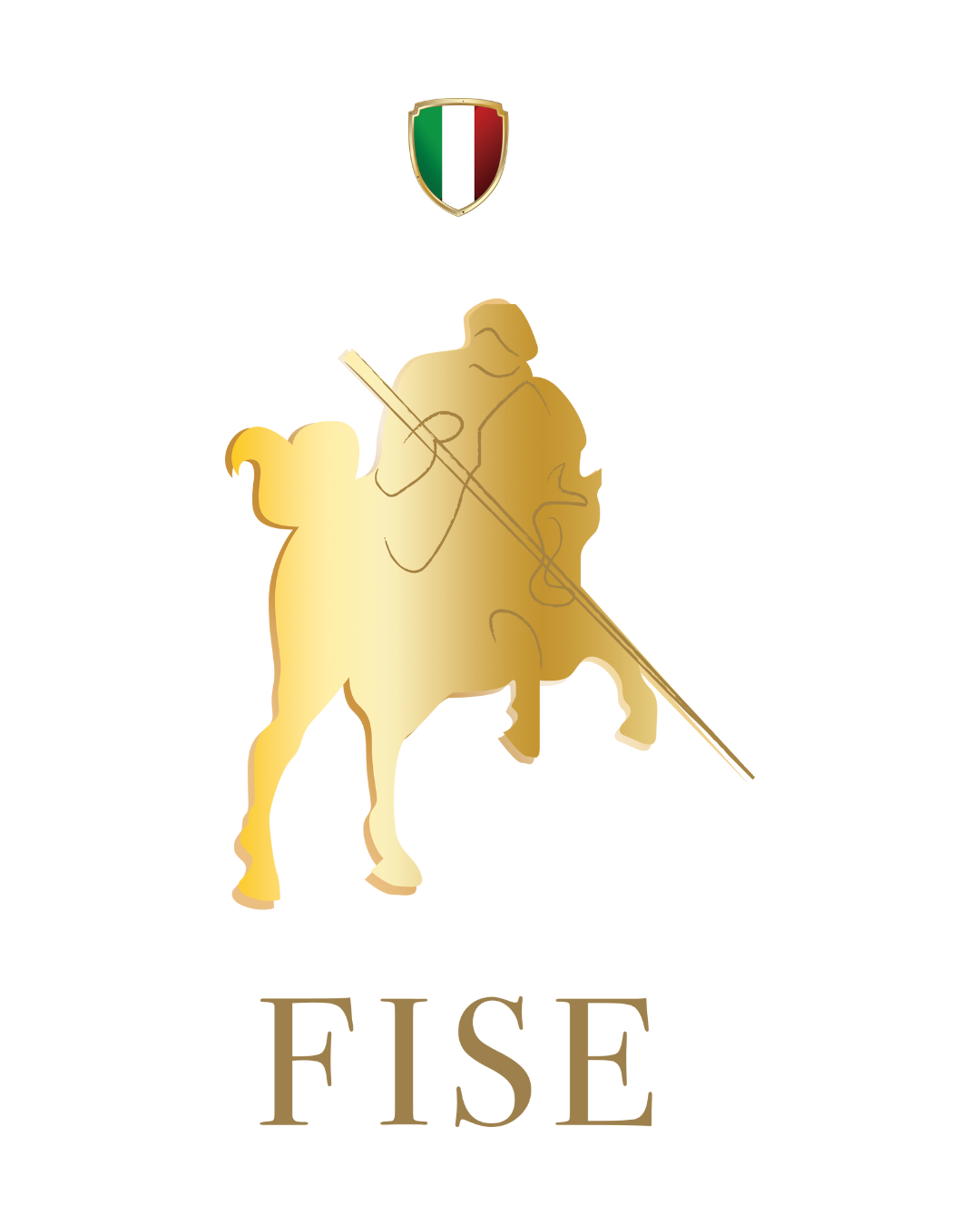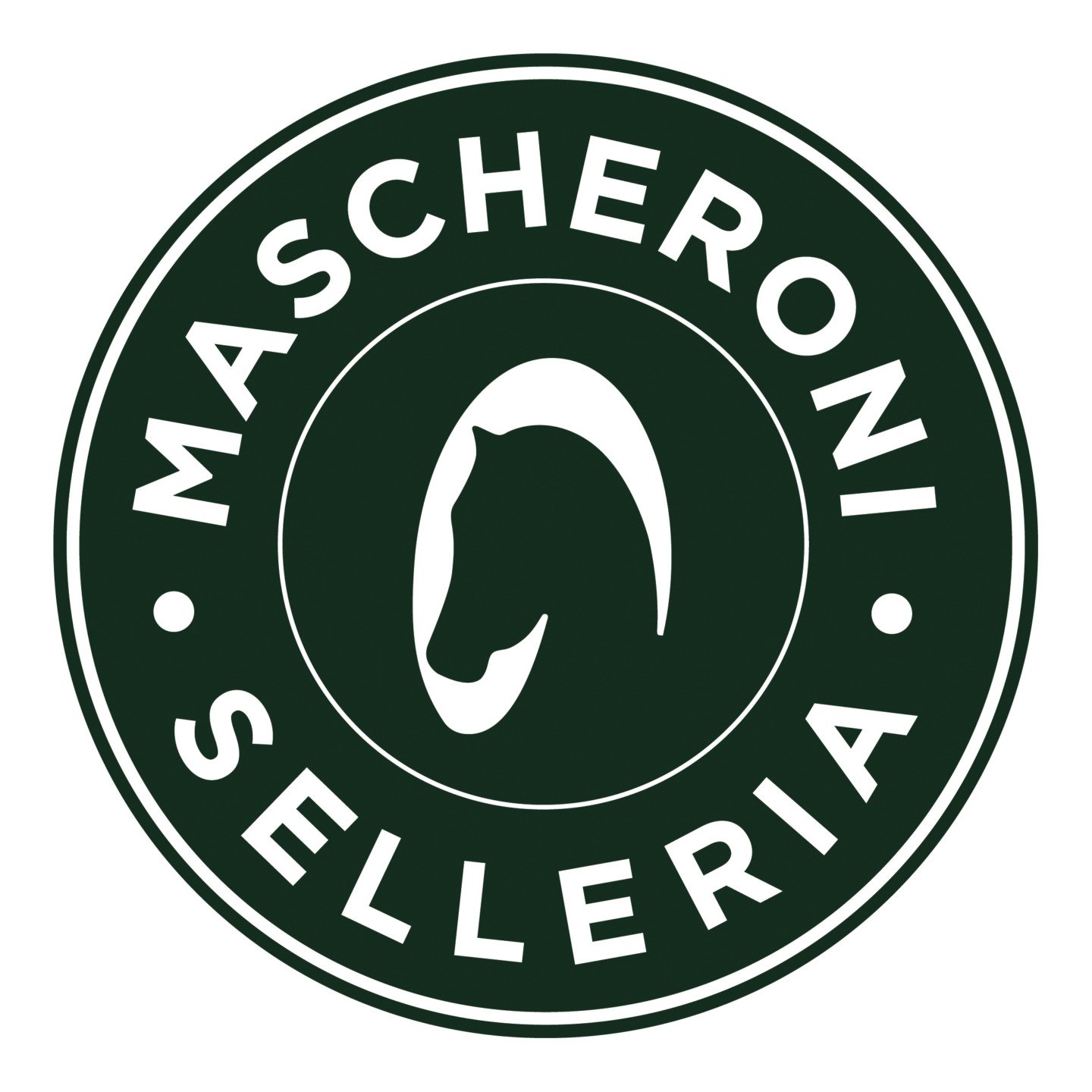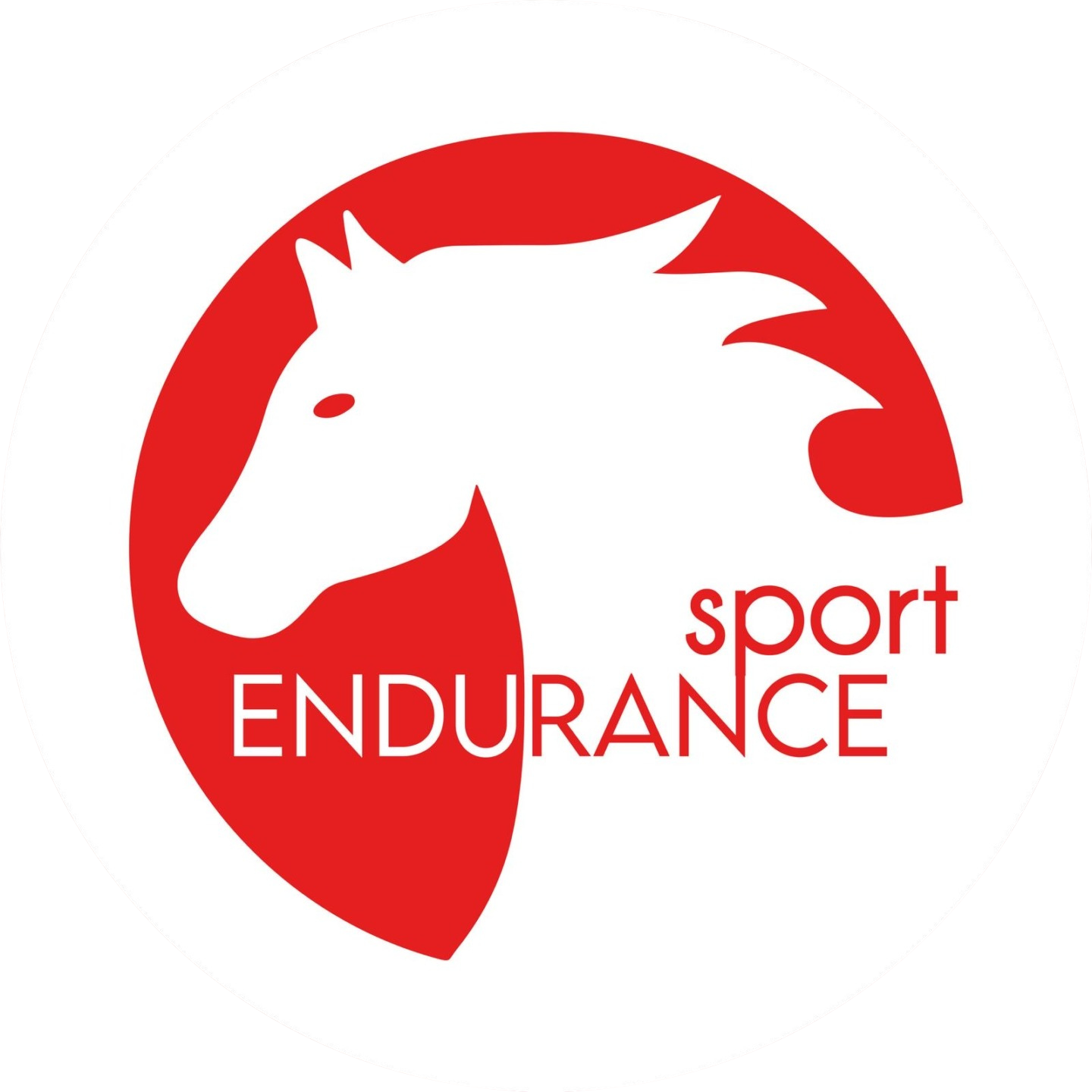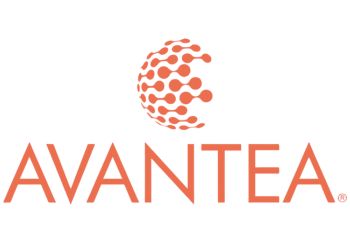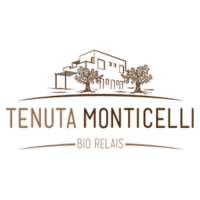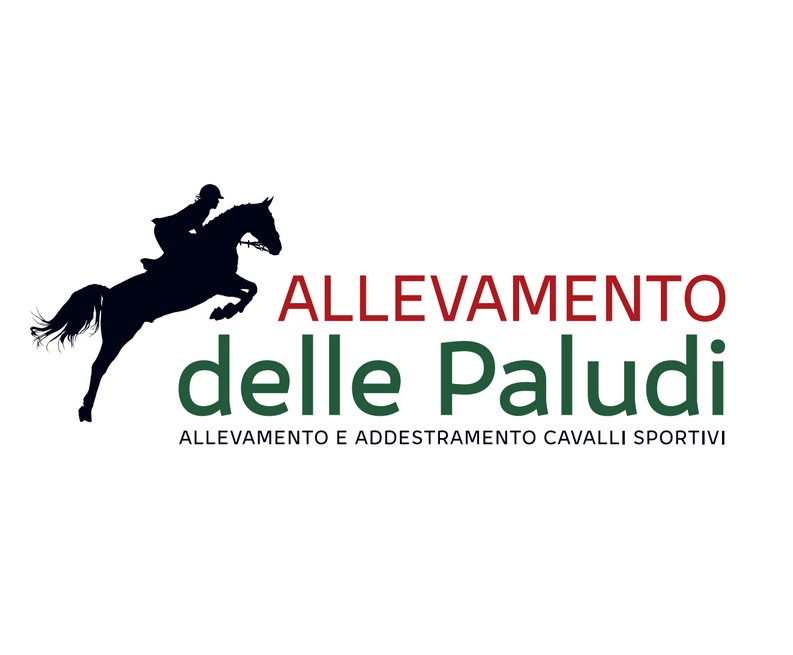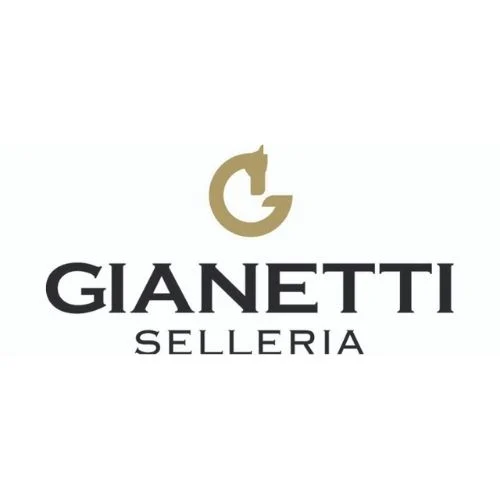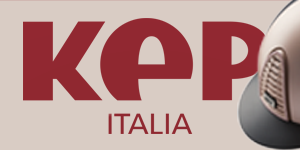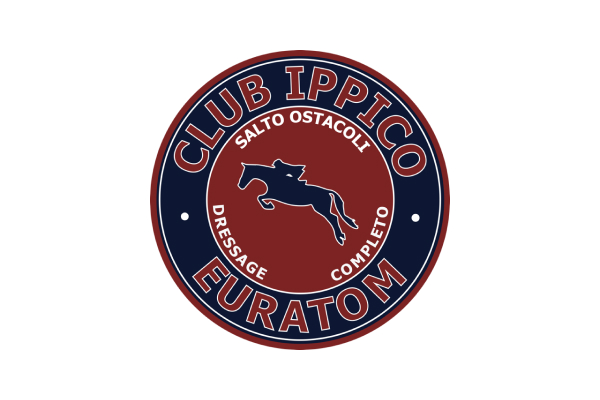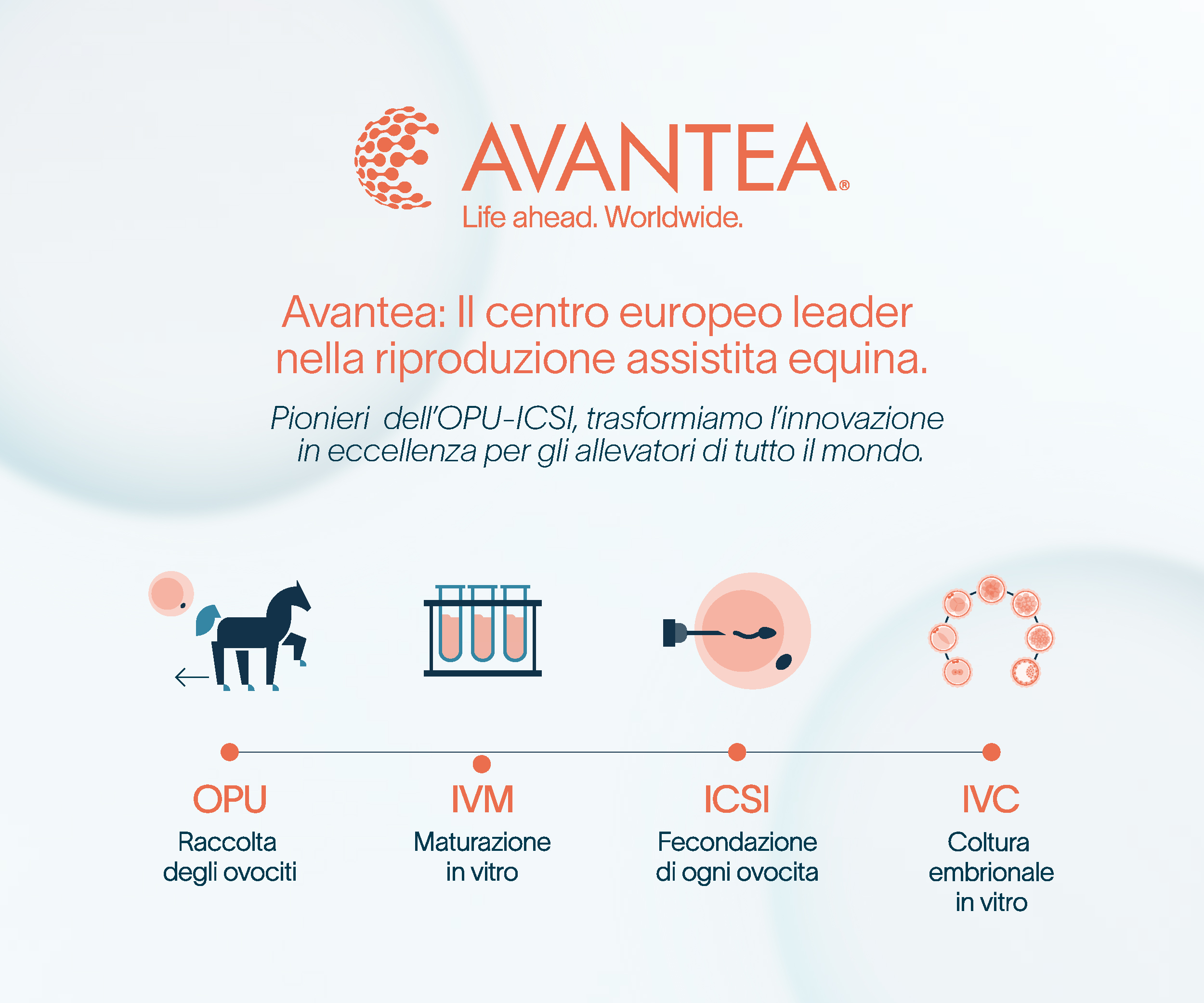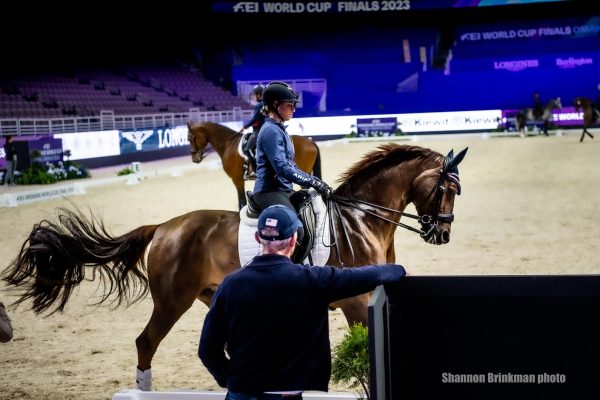
Horse Anatomy: in depth analysis
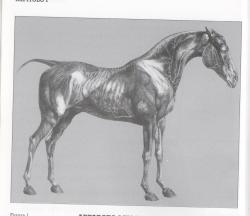
Please see below for a detailed look at the basic structure of a horse in order to better understand and address problematic issues horses can face.
ANATOMY
THE BACKBONE: The vertebrae column or spine is composed of a number of bones called vertebrae, which form a column and which are divided into: cervical, thoracic, lumbar and sacral-caudal.THE RIB CAGE: The chest consists of the thoracic vertebrae, the ribs and the sternum. In the caudal part of the sternum, the part closest to the tail, is where you will find the horse’s center of gravity.
THE MUSCULAR SYSTEM: To the supporting structure of the bones, muscles are added – tendon and ligament. The combination of these two structures is the Locomotor Apparatus and it allows the horse to keep its balance.
A tendon ligament system allows the horse to rest without altering the position of the front limbs. The back limbs due to the amount of energy needed to maintain an upright position, are subjected to ALTERNATION SUPPORT. The limb muscles are directly connected to the muscles of the neck, trunk and spine.
In the next edition, we will analyse in detail the FORELEGS and HINDLEGS. The above text was taken from the veterinary guide by Vittorio Meschia, a 2011 publication from the publisher Horse s.r.l.





.png)
